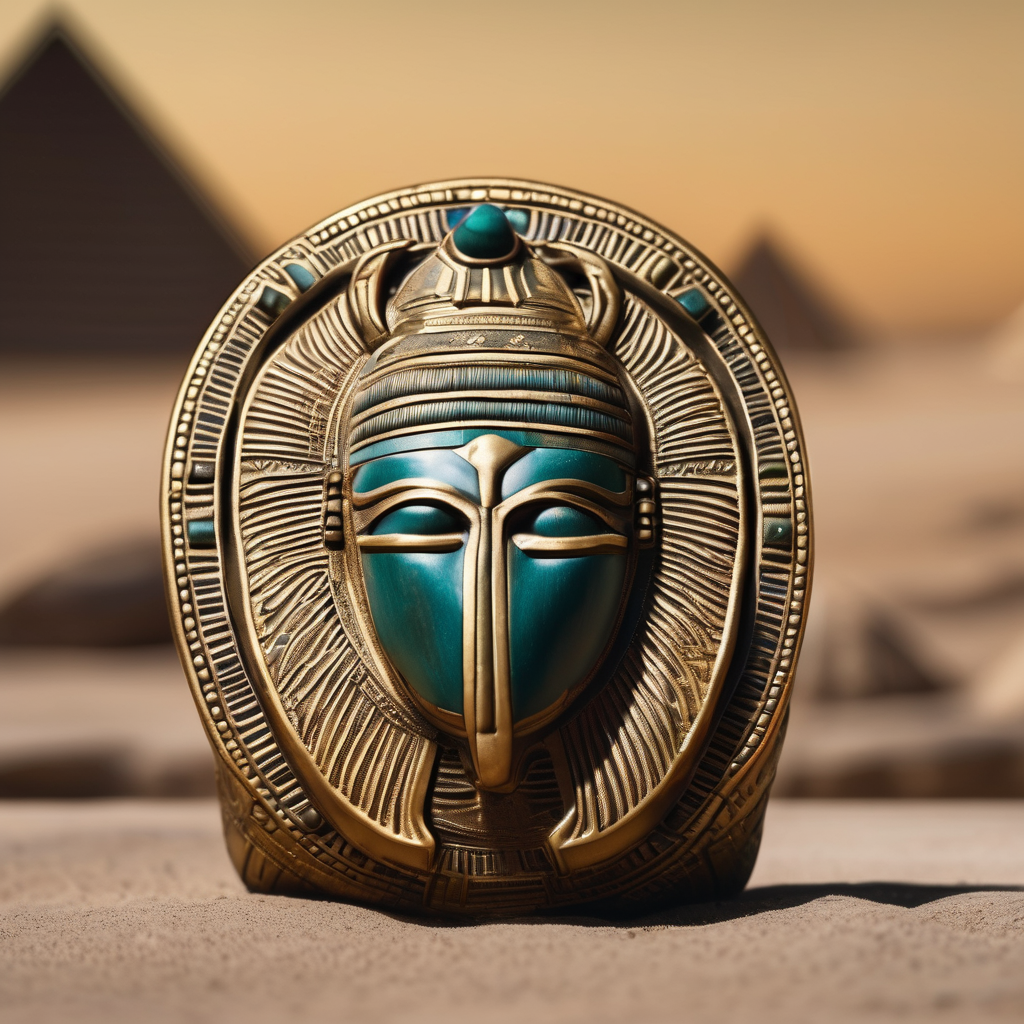Dublin-based Heneghan Peng Architects has celebrated the completion of the Grand Egyptian Museum in Giza, marking a significant milestone over three decades in the making. This monumental project, sprawling across a 50,000-square-meter site near the iconic Pyramids of Giza, now houses over 100,000 pharaonic artifacts, many of which are previously unseen by the public.
With a total floor area of 81,000 square meters, the Grand Egyptian Museum is touted as the world’s largest museum dedicated to a single civilization. Co-founder of Heneghan Peng Architects, Róisín Heneghan, described the design process as a unique opportunity to connect history with the monumental landscape of the pyramids. She emphasized that the museum is designed to evoke awe with its exploration of ancient Egypt’s rich heritage in a modern yet timeless environment.
The project, also known as the Giza Museum, was initiated back in 1992 when the site was allocated by former President Hosni Mubarak. After Heneghan Peng won an international competition to design the museum in 2003, construction began in 2012. Although initially slated for a 2018 opening, various political, economic, and pandemic-related delays pushed the grand debut to a partial opening in 2024, followed by a full public opening on November 1, 2025.
Architecturally, the museum is designed as a giant wedge of concrete that references the alignment of the three pyramids, featuring triangular panels made of translucent alabaster, Egyptian limestone, and glass. This design allows the pyramids to remain visible, enhancing the visitor experience. Internally, the building boasts a six-story staircase that connects the various galleries, including a dedicated Tutankhamun Gallery, showcasing over 5,000 artifacts.
Among the museum’s impressive collection are notable pieces from King Tutankhamun’s tomb, a historic 3,200-year-old sculpture of Pharaoh Rameses II, and the Khufu ship, an ancient solar barge buried alongside the Great Pyramid. The facility also includes a children’s museum, a conference center, an auditorium, a conservation facility, and lush gardens.
The museum’s conservation facility, which connects to the main building via a tunnel, contains 17 laboratories, positioning it as one of the largest of its kind in the world. Notably, the concrete material used in the structure helps regulate internal temperatures, reducing the need for extensive air conditioning.
In the landscape of contemporary architecture, the Grand Egyptian Museum stands alongside other monumental projects such as the Zaishui Art Museum in China, emphasizing a trend of record-breaking structures that blend history with innovative design.
This new cultural landmark not only promises to enhance tourism in Egypt but also serves as a testament to the enduring legacy and fascination of ancient Egyptian civilization, inviting visitors and scholars alike to engage with its storied past in a beautifully modern setting.
